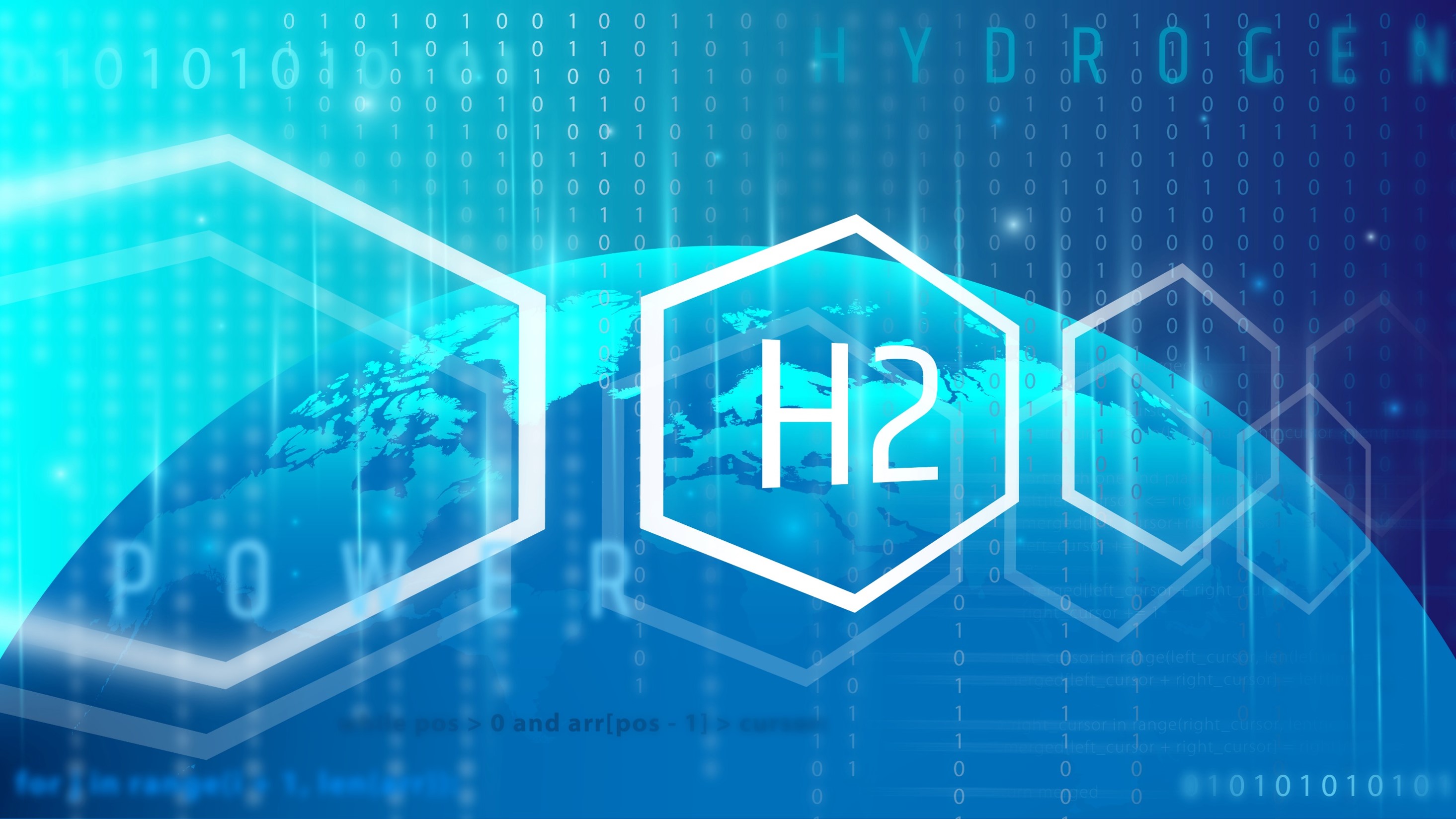In order to achieve the climate targets set for Germany, it makes sense to establish a functioning hydrogen economy and use green hydrogen technologies. To ensure that energy can be flexibly stored temporarily in the future and fed back into the system in large quantities when needed – in cases where sun and wind fail – it is necessary to couple renewable energies with green hydrogen to be able to quickly balance supply and demand.
This applies not only, but especially, to industries, whose processes can be “defossilized“ by switching the used raw materials to renewable resources. For example, the CO2 footprint of steel companies should already have been reduced since 2021 through the use of hydrogen, and by 2050 it should even be possible to produce CO2-neutral steel. Green hydrogen will also contribute to climate neutrality in traffic and transportation, especially when direct electrified solutions are not an option.
In order to play a pioneering role in the development of a functioning hydrogen economy, on a national and global level, the course must be set now. Fraunhofer IMW supports this process with regional potential and stakeholder analyses, the modeling of future scenarios and the quantification of value-added effects, as well as with scientifically based recommendations for action that take into account economic, ecological and regulatory framework conditions. To ensure that the switch to green hydrogen makes ecological sense and is economically successful, the scientists are also developing data-driven business models for the hydrogen economy.
Fraunhofer IMW is a member of the hydrogen network HYPOS and a member of the Fraunhofer Hydrogen Network.
